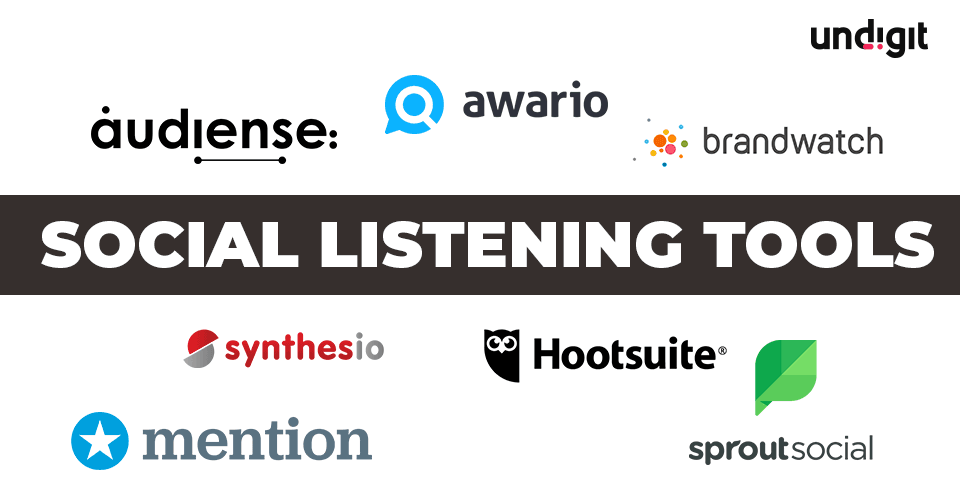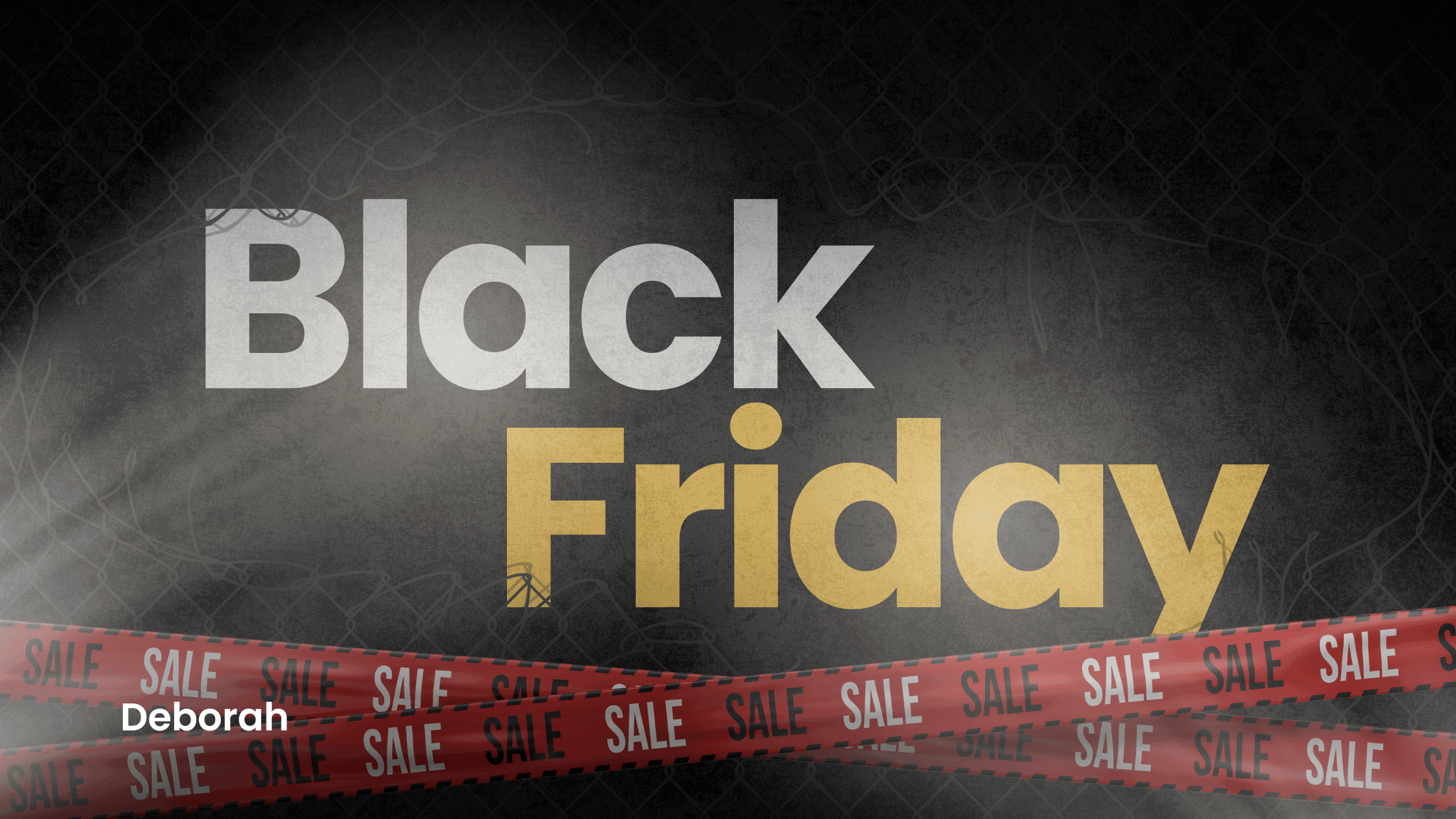Table of Contents
Key points
- Research suggests social listening tools help brands understand audience sentiment and inform marketing decisions.
- It seems likely that online brand monitoring enhances strategy by tracking real-time conversations.
- The evidence leans toward social listening being crucial for brand reputation management, especially in crisis situations.
What social listening is and why it matters
Social listening is all about keeping an eye on what people are saying online about your brand, products, or industry on social media. It’s more than just watching – it digs into the details and figures out how people feel, helping brands see what’s behind the chatter. This isn’t the same as social monitoring, which just tracks what’s being said without looking deeper. For instance, if someone mentions a brand on X (formerly Twitter), social listening checks if it’s a good, bad, or neutral comment and spots if it’s part of a bigger wave of talk.
Social listening tools help you figure out how people feel about your brand, make smarter marketing choices, and keep tabs on your competitors. They can spot trouble arising early, so brands can jump in before things get out of hand. For example, comments on social media can show what customers like or don’t like about a product, giving ideas on how to make it better.

Driving strategy with online brand monitoring
Online brand monitoring, a big piece of social listening, lets you spot trends and see how well your marketing campaigns are doing. By staying on top of what people are saying, brands can tweak their plans on the fly, connect better with customers, and answer their comments, which builds trust and boosts marketing results.
Social listening is super important for keeping your brand’s reputation in check because it helps you catch bad vibes, boost the good stuff people say, and handle tough situations. For instance, watching social media during a product recall can guide how you talk to customers to fix their worries fast.
Detailed analysis and insights
We’ve explored social listening, its implementation, and its impact on digital marketing, based on industry insights and best practices as of March 2025. The following analysis covers definitions, benefits, strategies, and future trends, ensuring a thorough understanding for marketing professionals.
The importance of social listening today
Social media spots like X (formerly Twitter), Facebook, and Instagram are like huge online hangouts where tons of people chat about brands. Social listening tools let brands jump into these talks, giving them up-to-the-minute info to shape their plans, connect with customers, and keep their reputation solid. With how fast and loud things get online, social listening is a must – negative comments can blow up quick if ignored, but jumping on positive ones can build trust and sales. This heads-up approach lets brands guess what their audience wants, helping them stand out in a busy world.
Defining social listening and differentiating from social monitoring
Social listening is all about keeping tabs on what folks are saying online about a brand, its stuff, or its field on social media. It’s more than just watching – it digs into the details, figures out how people feel, and explains why things are trending. For example, if someone mentions a brand on Facebook, social listening checks if it’s a thumbs-up, thumbs-down, or meh, and sees if it’s part of a bigger chat. On the other hand, social monitoring is just about spotting certain words or mentions to see how visible they are, without going deep. This difference matters because social listening gives you ideas you can actually use, while monitoring just scratches the surface.
Key benefits of social listening tools
Social listening tools make it easier to watch and understand what’s being said on social media, and they come with some pretty cool perks:
- Figuring out how people feel: These tools check out the mood of the chatter, helping brands see if customers are happy or upset about their stuff. This is key for spotting what needs a fix or jumping on the good vibes.
- Helping with marketing choices: They give you the latest scoop on what’s hot and what people like, so brands can tweak their marketing to stay on point and work better.
- Checking out the competition: Keeping an eye on what folks say about rivals shows their strong spots and weak points, letting brands plan smarter moves.
- Handling tough spots: Catching trouble early – like a sudden wave of bad comments – lets brands fix things before they turn into a big mess.
- Improving products: Social media feedback can point out what customers love or what’s missing, steering brands toward better ideas.
For example, a tech company might use social listening to see which software bits people talk about positively, focusing their work on those.
How online brand monitoring drives strategy
Online brand monitoring, a big part of social listening, is important for figuring out marketing plans. By staying in tune with what’s being said online, brands can:
- Spot what’s trending: Catch new things popping up, like hot hashtags in their field, and tweak plans to make the most of them.
- Connect better with customers: Answering comments, questions, or gripes on social media builds trust and shows people their opinions matter.
- Check how campaigns are doing: Getting instant feedback – like how many likes or mentions a campaign gets – helps fine-tune what’s next.
For instance, if a brand sees its campaign hashtag blowing up on X, it might pump more money into ads to spread it further, showing how online brand monitoring keeps strategies quick and smart.
Brand reputation management through social listening
Keeping a brand’s reputation solid online is tricky, and social listening is a must-have for brand reputation management. It helps brands:
- Catch bad vibes: Watching for negative comments lets brands jump on problems fast – like a faulty product, lousy service, or a mix-up – cutting down on any harm.
- Boost the good stuff: Playing up positive shoutouts, like happy customer stories, makes the brand look great and gets more people talking.
- Handle tough times: In messy situations like product recalls, social listening shows what people think right away, so brands can respond smartly and quickly.
For example, during a product recall, keeping an eye on social media can show what’s bugging customers, letting the brand shape its messages to fix things and keep its reputation safe.
5 key elements of social listening tools for small businesses
With numerous social listening tools available, selecting the right one requires careful consideration. Elements of the service to evaluate include:
| Factor | Description |
| Platform coverage | Ensure the tool covers major social media platforms like X, Facebook, and Instagram. |
| Sentiment analysis | Look for advanced capabilities, possibly with AI, for accurate sentiment analysis. |
| Data visualisation | Good visualization features make complex data easier to understand and act upon. |
| Integration | Check if the tool integrates with existing marketing and CRM tools for seamless workflow. |
| Cost | Balance the cost with features offered, considering free tiers or subscription models. |
Popular tools include Determ, Sprout Social, Hootsuite, and Mention, each offering different features and pricing models. For example, Determ is known for offering real-time notifications when your brand is mentioned online and provides sentiment analysis to understand public perception.

Implementing social listening tools for small businesses in your strategy
To make social listening work well, you need a smart plan, and here’s how to do it in simple steps:
- Know what you want: Decide what you’re aiming for, like making customer service better, getting more people to know your brand, or figuring out new product ideas.
- Pick the right words to watch: Choose keywords, hashtags, and topics that matter to your brand and what your audience cares about.
- Check the info often: Set up times – maybe every day, week, or month – to look at what’s trending and what it’s telling you.
- Use what you learn: Take the info and do something with it, like adding new features or tweaking your marketing words.
- Teach your crew: Make sure your team knows how to use these tools, especially how to understand the data and act on it.
- Turn on alerts: Lots of tools can ping you when certain words pop up or if people start sounding upset, so you can stay ahead without always watching.
- Mix it with other stuff: If you can, blend the social listening info with things like customer service notes or sales numbers to see the full picture.
For example, setting up alerts for when people sound mad can help you fix complaints quick before they blow up, keeping your brand’s reputation looking good.
Case studies and examples
Here’s how real-life stories prove social listening is a game-changer:
- Ben & Jerry’s weather trick: The ice cream company used social listening to figure out when it’s hot outside and pumped more money into ads then, since people want ice cream more in the heat. (Brandwatch).
- Spotting what people love: A tech company checked out what people were saying on social media about their software, found the features everyone liked, and focused on making those even better while shouting about them in ads. (Sprout Social).
- Fixing a recall mess: When a brand had to pull a product back, they watched social media to see how people were reacting and tweaked their messages to calm everyone down, keeping their good name safe. (Qualtrics).
These examples show how social listening helps brands plan smarter and keep their reputation on track.
Common mistakes to avoid
Social listening can do a lot, but there are some easy traps that can mess it up:
- Skipping the bad stuff: Only paying attention to the good comments means you might miss chances to fix things, which could hurt how people see your brand.
- Missing the little guys: Sometimes the best talks happen on smaller sites or forums, and ignoring them could mean missing out.
- Not doing anything with what you find: Gathering all this info but sitting on it makes social listening pretty useless, and you lose out on the good it could do.
- Picking the wrong tool: Grabbing a tool that doesn’t fit what you need can leave you annoyed and with so-so results, so you’ve got to shop around smart.
For example, if you ignore grumpy comments on a small forum, those problems could get bigger and mess up your brand’s reputation.
Future trends in social listening
In the future, the way we keep track of what people say about brands on social media will get much better. Smart computer technology will help figure out if people are happy, upset, or neutral about something, and it’ll do this really fast. By combining this with other information about customers, like what they’ve bought or said before, brands can get a clear picture of what’s going on. As social media changes – like with short videos or virtual reality – these tools will keep up. Plus, they might even guess what’s going to be popular next, giving brands a head start over others.
Conclusion
Social listening is important for brands that want to know what people think about them. It helps brands understand how people feel, make smarter marketing choices, and protect their reputation. By using special tools to listen to what people are saying online, brands can connect better with customers, grow their business, and become stronger in the market.





